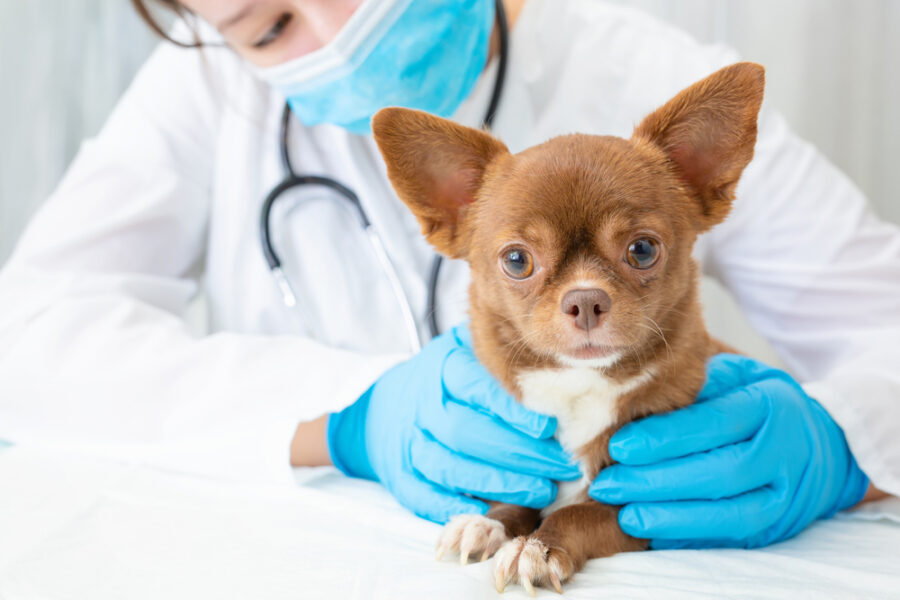Latest research brings forward breakthroughs that may have significant implications for stem cell therapy.
A groundbreaking development is taking place with the emergence of Canine Induced Pluripotent Stem Cells (ciPSCs). These tiny powerhouses have the potential to revolutionize various fields, including regenerative medicine, developmental biology, drug screening, and disease modeling. The latest research has not only expanded the sources for generating ciPSCs but also achieved this under feeder-free conditions, unlocking new possibilities for veterinary and human regenerative medicine.
Canine Reprogramming: The Breakthrough Steps
The study focused on the expression of six key canine reprogramming genes using the Sendai virus vector. These genes LIN28A, NANOG, OCT3/4, SOX2, KLF4, and C-MYC were carefully selected for their role in inducing pluripotency. The use of the Sendai virus vector, specifically designed for canine reprogramming (159cf and 162cf), showcased remarkable efficiency in the reprogramming process.
Canine Urine-Derived Cells Enter the Spotlight
While most ciPSCs to date have been generated from fibroblasts, this research expanded the repertoire by successfully reprogramming canine urine-derived cells. This is a significant leap forward as it provides a noninvasive and straightforward method for obtaining canine cells for reprogramming. The ability to utilize cells from urine opens up new avenues for accessibility and ease in obtaining cell sources.
Feeder-Free Conditions
One of the key challenges in ciPSC generation has been the low efficiency under feeder-free conditions. This study, however, achieved a remarkable feat by successfully reprogramming ciPSCs without the need for feeder cells. This not only enhances efficiency but also opens doors for more streamlined and practical approaches in veterinary research.
Potential Applications of ciPSCs
The generated ciPSCs exhibited undifferentiated states and demonstrated their versatility by differentiating into the three germ layers both in vitro and in vivo. This showcases their potential in a range of applications, from studying developmental biology to serving as a platform for drug screening and disease modeling.
Implications for Veterinary and Human Medicine
The successful generation of ciPSCs under feeder-free conditions carries profound implications for veterinary medicine. These cells not only serve as a valuable resource for advancing veterinary research but also hold promise for translational studies that can benefit human regenerative medicine. The bridge between veterinary and human medicine is strengthened with every stride in ciPSC research.
The journey of ciPSCs from fibroblasts to urine-derived cells, coupled with the breakthrough achievement of feeder-free conditions, marks a significant advancement in veterinary science. As ciPSCs pave the way for innovative research and therapeutic applications, the bond between our furry friends and medical progress grows stronger, promising a brighter and healthier future for both pets and humans alike.







